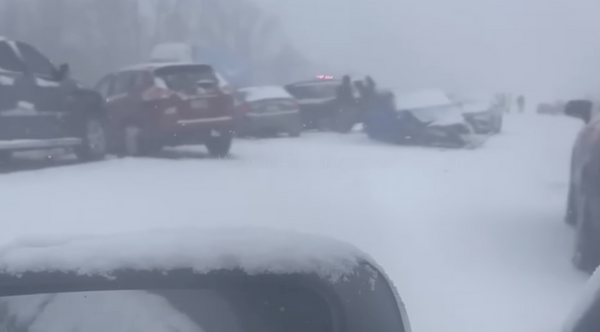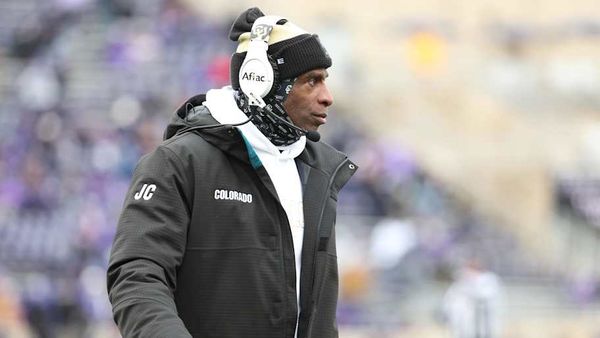
- Tesla is on track to launch its Robotaxi service in Austin, Texas, by the end of June.
- Elon Musk said that around 10 cars will be available at first, with "thousands" to be added in the following months.
- All robotaxis will be supervised by teleoperators.
Tesla’s Robotaxi service will launch by the end of June in Austin, Texas, according to the company’s CEO, Elon Musk, who spoke with CNBC yesterday.
However, don’t expect to see too many driverless taxis on the road, at least at the beginning. Asked if the initial rollout would only have 10 to 12 driverless cars on some parts of Austin, Musk had this to say:

“I think it's prudent for us to start with a small number, confirm that things are going well, and then scale it up proportionate to how well we see it's doing right.” That said, the number of driverless taxis on the road will increase as time goes on, with Musk estimating that the company will have roughly 1,000 of them in a few months.
“We'll start with probably 10 for a week, then increase it to 20, 30, 40, and I think we’ll probably be at 1,000 within a few months, and then we'll expand to San Francisco, California, Los Angeles, San Antonio,” Musk added during the interview.
A concrete date has yet to be set for the launch of Tesla’s Robotaxi service, according to Morgan Stanley analyst Adam Jonas, who met with the automaker recently. Per Jonas, the service will be available on public roads and on an invite-only basis, with plenty of teleoperators supervising the cars’ behavior remotely. That’s nothing new in the robotaxi industry, with Waymo and the now-defunct Cruise relying on remote operators to keep tabs on the driverless taxis.
Currently, Tesla has “thousands” of test cars driving around San Antonio with safety drivers behind the steering wheel that are collecting data for the launch of the driverless service. Musk said that this test fleet has had “essentially no interventions,” meaning that the drivers didn’t have to touch the controls because the vehicles figured out how to get out of all sorts of situations for themselves.
Musk reiterated that the end goal is to bring Tesla’s Full Self-Driving Unsupervised system to the masses. Currently, the software is tagged as “Supervised,” meaning that the driver needs to pay attention and keep their hands on the steering wheel at all times. When the unsupervised version comes along, drivers won’t have to pay attention while driving because the car will drive for them.
“My prediction is that probably by the end of next year, we'll have hundreds of thousands, if not over a million Teslas doing self-driving in the U.S.,” Musk said during his interview with CNBC. Mind you, that number doesn’t mean that there will be a million Tesla Cybercabs on the streets, but rather that the customer cars that are already being driven by humans will be capable of unsupervised self-driving.
When that finally happens, Tesla owners will be able to send out their cars to ferry passengers from one place to another and get paid for that. Musk argued that cars spend most of their time sitting parked, so if they’re capable of driving themselves, they should go and make a profit for the owner.
All this being said, this is not the first time Tesla’s outspoken head honcho has promised things that are yet to become reality. On full self-driving, he has been saying for years that it will be available “soon.”







